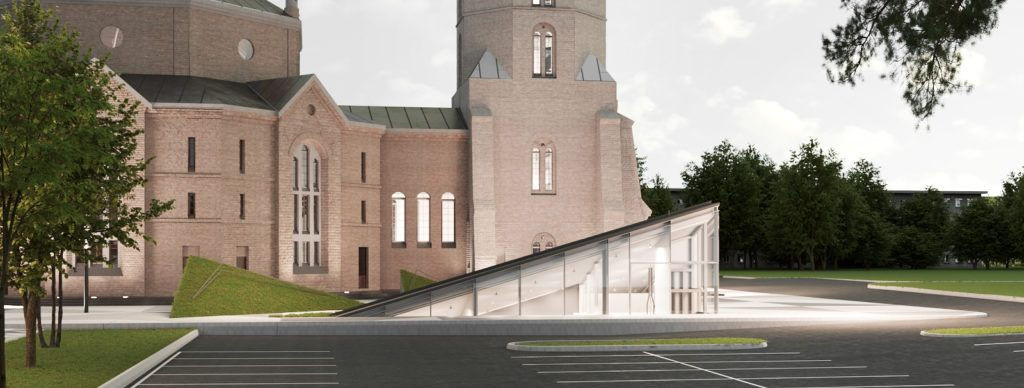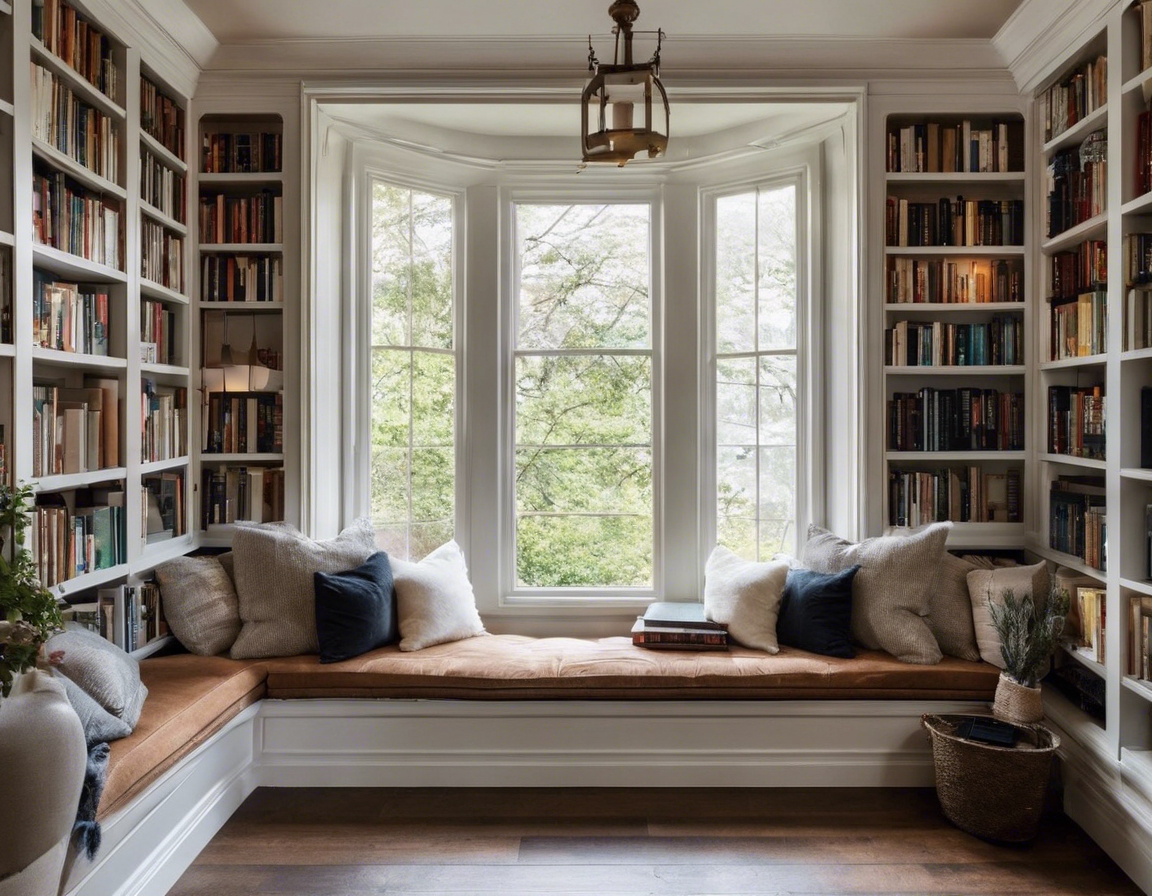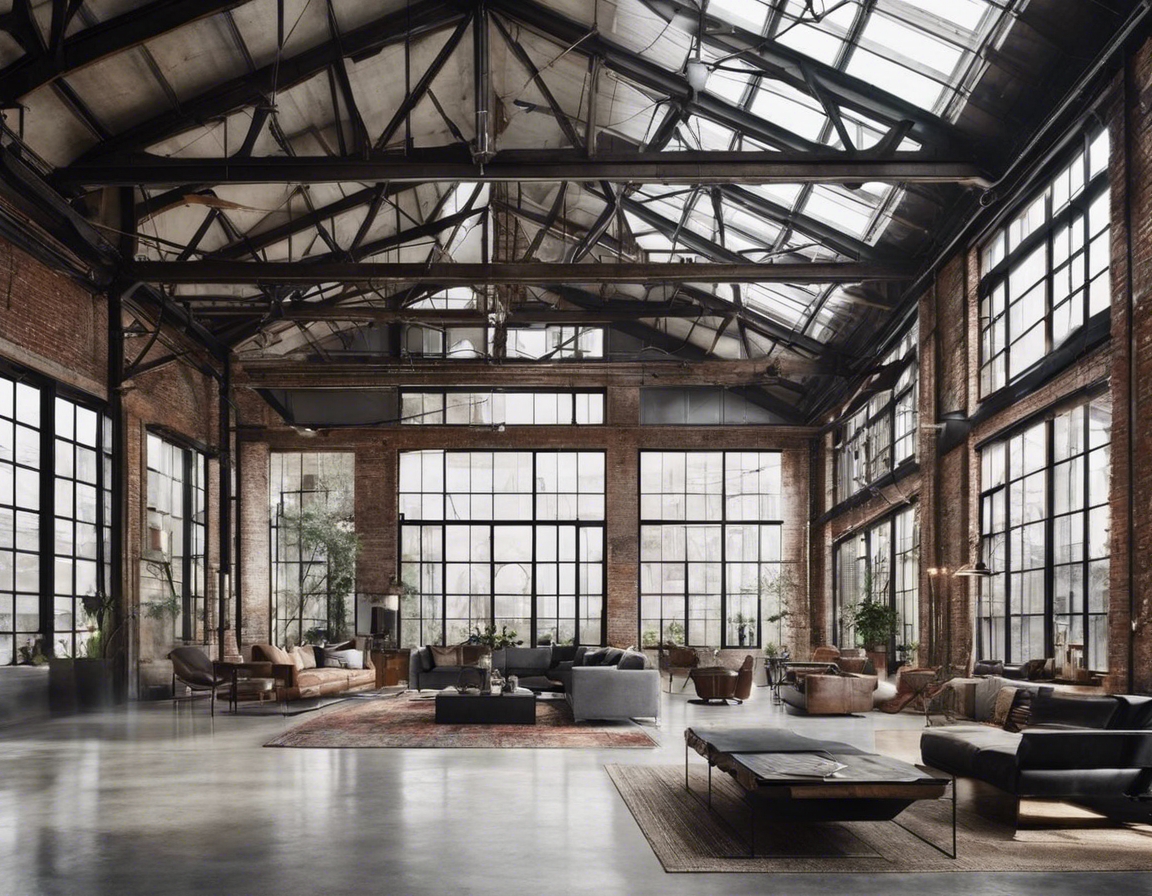Blending history with modernity in design
The intersection of history and modernity in design is a complex and nuanced field, where the echoes of the past meet the innovations of the present. It's a realm that demands not only a deep appreciation for historical context but also an embrace of contemporary aesthetics and technologies.
Integrating historical elements into modern design is not merely an aesthetic choice; it's a narrative that enriches the user experience and connects us to our cultural roots. For our target audience, who value authenticity and character, this approach can transform spaces into living chronicles of time.
Finding the right balance between preserving history and incorporating modern elements is key to successful design. This balance ensures that spaces are both functional and evocative, serving the needs of today while honoring the stories of yesterday.
The Philosophy Behind Blending Eras
The philosophy of blending historical and modern design is rooted in respect for the past and optimism for the future. It's about creating a dialogue between different eras, allowing them to coexist and complement each other.
There are several design principles that guide the harmonious integration of old and new. These include scale, proportion, context, and contrast, all of which work together to create a seamless yet dynamic environment.
Architectural Fusion: Merging Time Periods
While we won't delve into specific case studies, it's worth noting that there are numerous iconic buildings around the world that exemplify the successful fusion of historical and modern design. These structures serve as inspiration for our own work at STUDIO ARGUS OÜ.
The choice of materials and techniques is crucial in blending historical and modern design. Innovations in materials science and construction methods have opened up new possibilities for integrating old and new in a way that is both respectful and revolutionary.
Interior Design: Weaving Historical Elements into Modern Spaces
Color, texture, and pattern play a significant role in uniting historical and modern design elements. These aspects can be carefully curated to evoke a sense of history while maintaining a fresh and contemporary feel.
The selection of furniture and decor is another area where history can be woven into modern spaces. Choosing pieces with a story or historical significance can add depth and interest to a contemporary setting.
Challenges and Considerations in Historical Modernity
One of the challenges in blending history with modernity is navigating the regulatory and conservation constraints that often accompany historical buildings and sites. These constraints must be carefully considered to ensure that any design interventions are both legal and sensitive to the heritage of the space.
Ensuring authenticity and integrity in design is paramount when merging historical and modern elements. This involves a thoughtful approach that respects the original character of the space while introducing contemporary enhancements.






Comments (0)